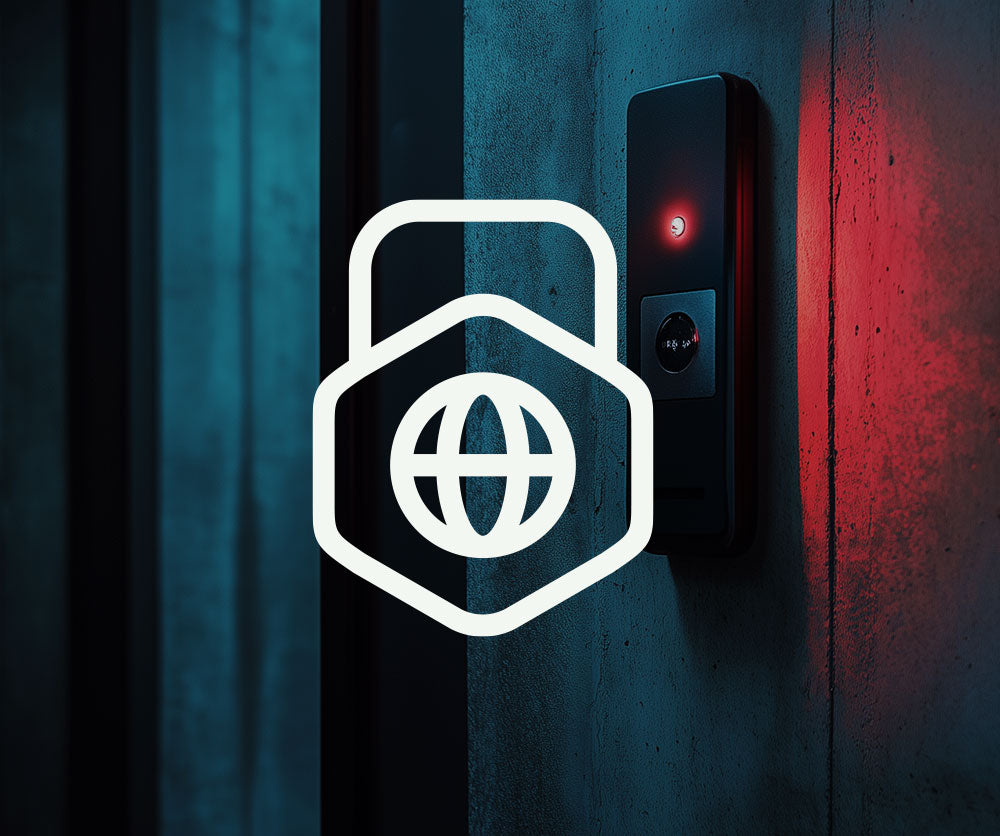
Cyber Risk Management
Risk management constitutes a fundamental component of an organization’s information security strategy. Its objectives are to ensure the continuity of business operations, minimize financial losses resulting from risks, and protect the organization’s critical functions. Savia supports companies in the comprehensive identification, assessment, and management of risks—not only from a technical standpoint, but also from the perspectives of business operations, corporate security, and facility security.
We have a profound experience in managing readiness and resilience for mission-critical ICT. This includes continuity management, recovery planning and developing processes all to ensure business continuity in a constantly changing security environment.
Areas of Cyber Risk Management
Contingency planning
Contingency planning refers to proactive risk management aimed at minimizing harm to business operations and potential financial losses in the event of disruptions. Since it is not possible to prepare for every scenario, planning should be based on the organization’s most critical areas. This may involve, for example, protecting customer data, ensuring the reliability of key IT systems, or managing vulnerabilities within the supply chain.
Savia’s specialists support organizations in identifying their most significant business risks and developing contingency plans accordingly. These plans include, among other elements, models for managing disruptions, responsibility allocations, and clear procedures for potential threat scenarios. Without sufficient planning, an organization may face serious consequences such as service interruptions, data breaches, contractual violations, or even significant financial penalties. For instance, in data breaches involving personal information, companies may suffer reputational damage, loss of trust, and incur fines under the EU GDPR that can amount to millions.
Partner and supplier validation
Secure partner and supplier choices are a key aspect of risk management, as more than half of data breaches originate from insider risks, i.e., individuals connected to the organization. Savia helps organizations ensure that partners and subcontractors meet information security requirements and do not pose a threat to business operations.
To this end, Savia conducts background checks on companies, evaluating not only the security of IT services but also company ownership structures and overall operational reliability. This sets us apart from many other cybersecurity providers—we extend our evaluation beyond technical risks to include corporate security, personnel security, and facility security.
In practice, assessments may include on-site inspections to verify that unauthorized parties do not have access to sensitive areas. The security of the subcontracting chain is also evaluated, as information security risks may arise at multiple levels in complex supply chains.
Savia’s approach is technology-neutral, meaning we do not recommend specific solutions based on business needs but instead focus on impartial assessments in terms of security, usability, and company background. This ensures that organizations can make informed decisions and build a reliable and secure partner network.
Continuity Management
An organization must be prepared to operate even in exceptional circumstances. This might include determining how long the business can function without a key information system, or how quickly necessary equipment can be replaced in the event of a disruption. Savia’s services help companies develop realistic and actionable recovery plans that take into account critical services, vulnerabilities in the ICT architecture, and the safeguarding of technical components.
Since not every scenario can be anticipated, it is crucial to identify the organization’s most critical services and assess the associated risks. An effective continuity plan also includes a clear allocation of responsibilities—who owns the business process, how service level agreements (SLAs) are defined, and how long the organization can cope without critical systems.
Merely drafting plans is not enough—they must also be implemented and tested in practice. Savia supports organizations in rehearsing response models and ensuring that contingency plans are more than just documents—they become an integral part of operational practice.

INFORMATION SECURITY
Jyri Penttinen
Partner, Information Security
+358 (0)50 544 2522 | firstname@savia.fi
